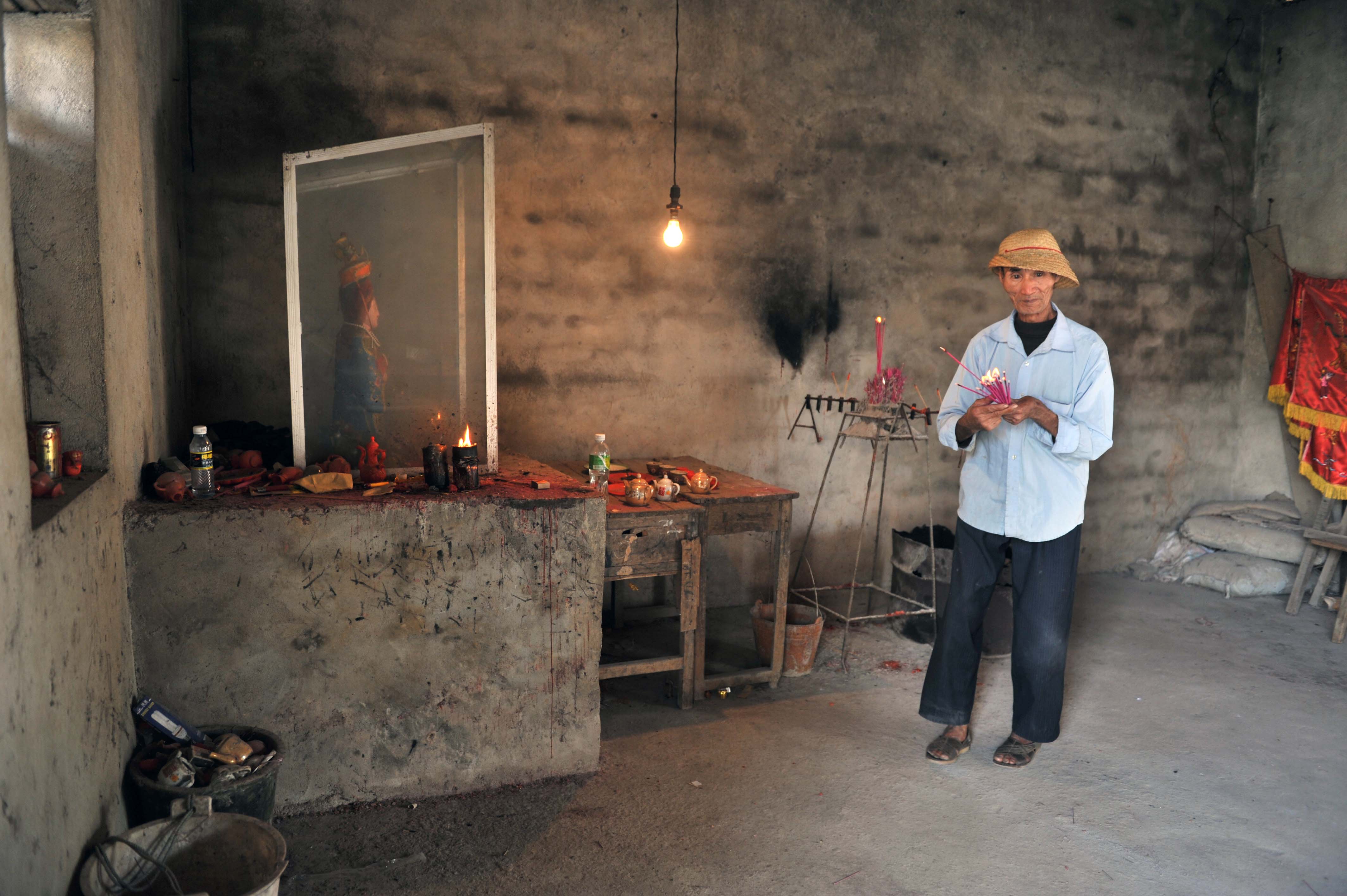What the Great Gatsby Got Right about the Jazz Age
Curator Amy Henderson explores how the 1920s came alive in F. Scott Fitzgerald’s novel

Zelda Sayre Fitzgerald and F. Scott Fitzgerald by Harrison Fisher, 1927; Conté crayon on paperboard; National Portrait Gallery, Smithsonian Institution; gift of Fitzgerald’s daughter, Mrs. Scottie Smith

Amy Henderson, curator at the National Portrait Gallery, writes about all things pop culture. Her last post was on technological revolutions.
As someone who adores sequins and feathers, I am buzzing with anticipation over what the New York Times has dubbed “an eminently enjoyable movie,” Baz Lurhmann’s new film version of The Great Gatsby. Will I like Leo DiCaprio as Gatsby? Will Jay-Z’s music convey the fancy-free spirit of High Flapperdom?
F. Scott Fitzgerald is credited with coining the phrase “The Jazz Age” in the title of his 1922 collection of short stories, Tales of the Jazz Age. He also became its effervescent chronicler in his early novels This Side of Paradise (1920) and The Beautiful and the Damned (1922), along with another short story collection, Flappers and Philosophers (1920). Published in 1925, The Great Gatsby was the quintessence of this period of his work, and evoked the romanticism and surface allure of his “Jazz Age”—years that began with the end of World War I, the advent of woman’s suffrage, and Prohibition, and collapsed with the Great Crash of 1929—years awash in bathtub gin and roars of generational rebellion. As Cole Porter wrote, “In olden days a glimpse of stocking/Was looked on as something shocking,/But now God knows,/Anything Goes.” The Twenties’ beat was urban and staccato: out went genteel social dancing; in came the Charleston. Everything moved: cars, planes, even moving pictures. Hair was bobbed, and cigarettes were the new diet fad.

Gloria Swanson by Nickolas Muray, c. 1920 (printed 1978) (c)Courtesy
Nickolas Muray Photo Archives; gelatin silver print; National Portrait
Gallery, Smithsonian Institution
According to his biographer Arthur Mizener, Fitzgerald wrote his agent Maxwell Perkins in 1922: “I want to write something new. . .something extraordinary and beautiful and simple.” Like today, newness was fueled by innovation, and technology was transforming everyday life. Similar to the way social media and the iPhone shape our culture now, the Twenties burst with the revolutionary impact of silent movies, radio and recordings. New stars filled the mediascape, from Rudolph Valentino and Gloria Swanson, to Paul Whiteman and the Gershwins. Celebrity culture was flourishing, and glamour was in.

Paul Whiteman in “King of Jazz” by Joseph Grant, 1930; India ink and
pencil on paper; National Portrait Gallery, Smithsonian Institution; gift
of Carol Grubb and Jennifer Grant Castrup
Accompanied in a champagne-life style by his wife Zelda, the embodiment of his ideal flapper, Fitzgerald was entranced by the era’s glitz and glamour. His story “The Diamond as Big as the Ritz,” he admitted, was designed “in the familiar mood characterized by a perfect craving for luxury.” By the time he wrote Gatsby, his money revels were positively lyrical: when he describes Daisy’s charm, Gatsby says: “Her voice is full of money,” and the narrator Nick explains, “That was it. I’d never understood before. It was full of money—that was the inexhaustible charm that rose and fell in it, the jungle of it, the cymbals’ song of it.”
Fitzgerald acknowledges the presence of money’s dark side when Nick describes Tom and Daisy: “They were careless people—they smashed things up. . .and then retreated back into their money. . .and let other people clean up the mess they had made.” But his hero Gatsby is a romantic. He was a self-made man (his money came from bootlegging), and illusions were vital to his world view. Fitzgerald once described Gatsby’s ability to dream as “the whole burden of this novel—the loss of those illusions that give such color to the world so that you don’t care whether things are true or false as long as they partake of the magical glory.”

Rudolph Valentino by Johan Hagemeyer, c. 1921; gelatin silver print;
National Portrait Gallery, Smithsonian Institution; Alan and Lois Fern
Acquisition Fund
Gatsby sees money as the means to fulfilling his “incorruptible dream.” When Nick tells him, “You can’t repeat the past,” Gatsby is incredulous: “Can’t repeat the past? Why of course you can.” (Cue green light at the end of the dock: “So we beat on, boats against the current, borne back ceaselessly into time.”) As critic David Denby recently wrote in his New Yorker review of the Luhrmann film: “Jay Gatsby ‘sprang from his Platonic conception of himself,’ and his exuberant ambitions and his abrupt tragedy have merged with the story of America, in its self-creation and its failures.”
It was the American Dream on a spree. Fitzgerald ends Gatsby intoning his dreamlike vision of the Jazz Age: “the orgastic future that year by year recedes before us. It eluded us then, but that’s no matter—tomorrow we will run faster, stretch out our arms farther. . . .And one fine morning—”
/https://tf-cmsv2-smithsonianmag-media.s3.amazonaws.com/accounts/headshot/Amy_Henderson_NPG1401.jpg)
/https://tf-cmsv2-smithsonianmag-media.s3.amazonaws.com/accounts/headshot/Amy_Henderson_NPG1401.jpg)